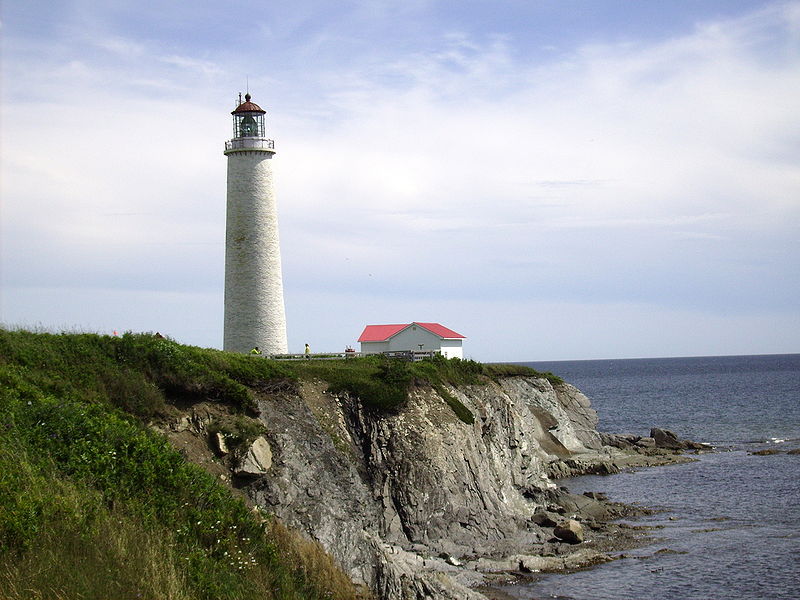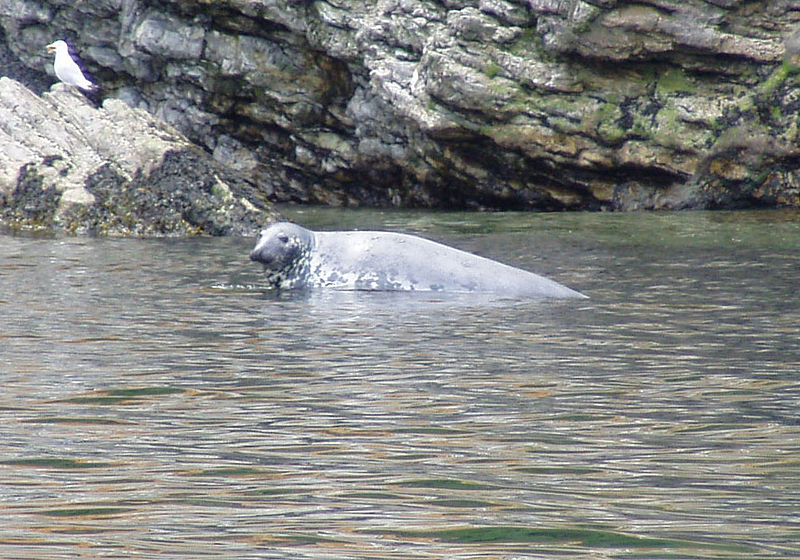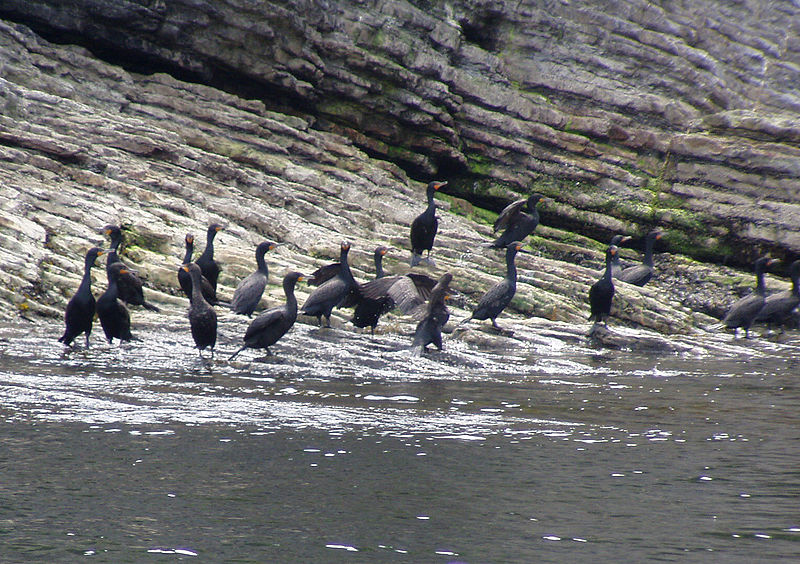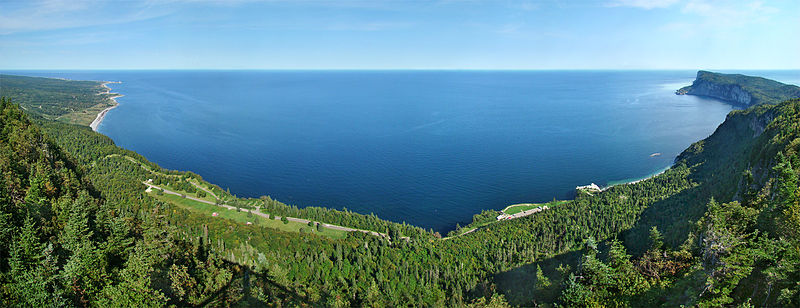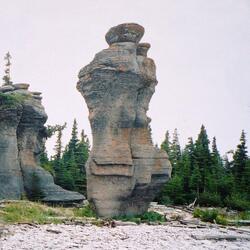Forillon National Park
Forillon is a national park founded in 1970 and located in the northeastern side of Canada, more precisely, on the edge of the Gaspe Peninsula in the province of Quebec. This administrative unit is the largest and one of the most populated provinces in Canada. The park itself covers an area of 244 km2 and covers the Gaspe Peninsula, where it is washed by the waters of the Gulf of St. Lawrence, and also turns out to be the end of the Appalachian mountain system in the east.
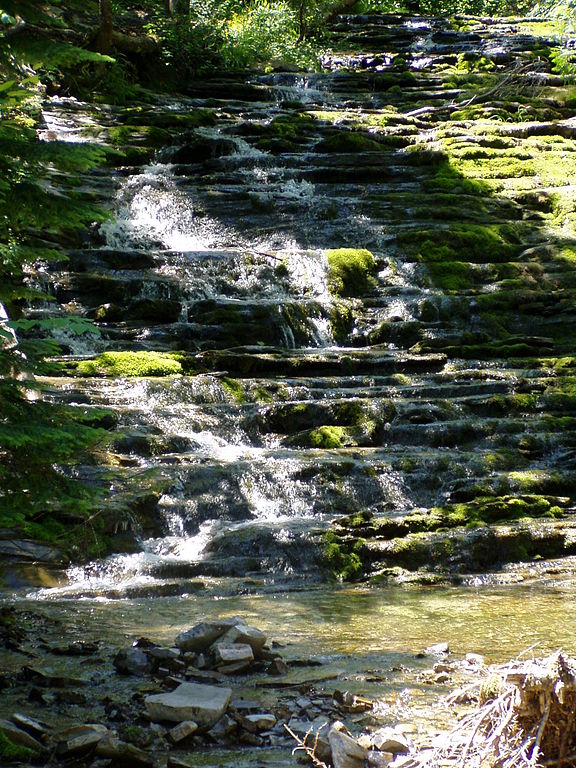
The mountainous area of the Forillon Reserve is also represented by the mountainous region of Notre Dame and Megantic. The peak of Saint–Jacques Cartier is the highest elevation of the 1320m peaks present here. The mountain ranges are covered with dense forests. The peaks of the mountains reach 1320 m above sea level - peak Saint-Jacques Cartier. The soil of the rocks is limestone. These inaccessible mountains are controlled only by the most skilled climbers. The territory of the reserve is intertwined by the river system. The rivers in the park are fast, winding and very often form a variety of waterfalls and waterfalls. Almost all of them flow into the sea bay. A large coastal area is surrounded by rocks. One of them houses the historical museum, which used to serve as a lighthouse in Pointe-aux-Pins.
During the Second World War, forts were erected here, on both sides of the river, near Penahuille Beach, which served as protection for Gospe Bay. These fortifications are called the Peninsula and the Prevel. Today, these places are the most sought–after in the park among tourists, namely the Peninsula, where there is an underground tunnel accessible to tourists that leads to wartime weapons - cannons.

The flora of the Forillon Park is represented by forests (95% of the territory). Spruce, fir, and various species are growing stronger in the mountainous regions of the reserve. Maples, cedars, ash trees, sand birch, oaks and other trees grow in the rest of the area. The coastline is covered with lichens, of which there are 40 species. There are more than 600 species of plants in the park.
The wildlife of the Forillon National Park includes approximately 245 species of birds, which include such species as falcon, owl, woodpecker, herons, sparrows and many others. Animals such as deer, moose, bear, lynx, and fox are also found in the reserve. The region, closer to the sea, is inhabited by seals, whales, porpoises, and dolphins.
The pride of the protected area and the main specially protected areas are the nesting of sea birds.
In order to organize the Forillon natural protected area here, about a hundred families of the local population had to be relocated, having previously concluded contracts with them.
The beauty and richness of the nature of the Forillon Reserve attracts many tourists here. Hiking and water routes have been prepared for them, as well as excursions and hikes. Visitors to the park can also enjoy a variety of souvenir shops, which feature gift items as well as educational items.


